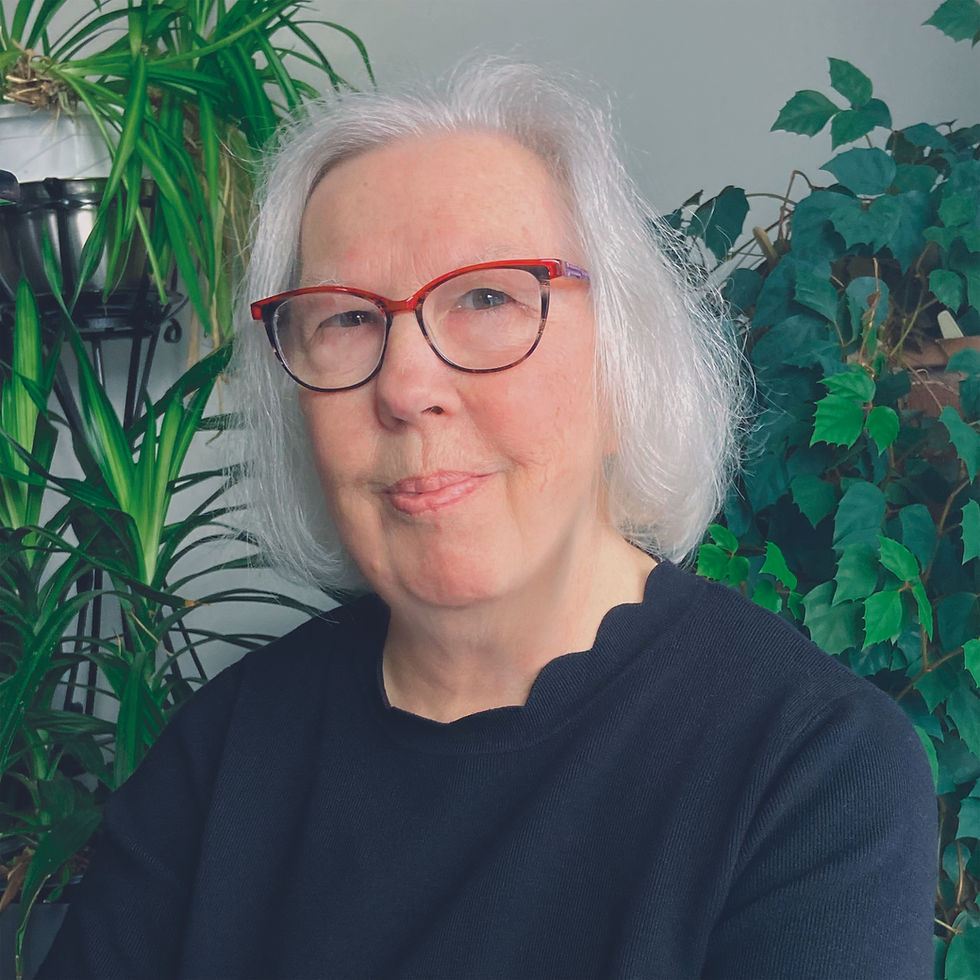Golden Rule of Color: Beauty is the Reason for Life, and Life is the Reason for Beauty
- A Beautiful Life Magazine

- Oct 6, 2023
- 4 min read
Updated: Nov 25, 2023

Confucius says, “Everything has beauty, but not everyone sees it.”
Nowadays, most people know when Metro-Goldwyn-Mayer introduced “The Wizard of Oz” movie in 1938-39, it was part black and white and part technicolor. The movie famously changes to technicolor when Dorothy leaves Kansas and arrives in Oz. However, back in the day, not many people knew part of the movie was in technicolor because the average household couldn’t afford to buy a color television.
Even though movie studios were making technicolor movies in the 1930s, color TVs weren’t available to the public until the 1950s. People could not afford to buy them for another ten to fifteen years. In the 50s, the average household only made $6,300 a year. When color televisions were finally available to the mainstream, the cost of color televisions started at what is equivalent to 2,300 dollars in today’s money.
Broadcasting companies and Television networks found themselves in a bit of a conundrum. To get people to buy color televisions, they had to find a way to bring down the cost, and there lies the problem. Sponsors seemed to be the answer to help lower the price of televisions, but sponsors wanted the public to see their advertisements in color, bringing everything back to square one; nobody was buying color televisions.
Companies like RCA, CBS, and later ABC and NBC, began pressuring store owners to create new gimmicks to sell more color televisions. My dad’s boss, who owned the only furniture and appliance store in Tonawanda then, asked my dad, “How many kids do you think live in your neighborhood?” My dad said, “A lot.” My father’s boss creatively found a win/win for the issue. The boss told my father, what if I could make you look like a hero in your children’s eyes and give your neighborhood children an experience of a lifetime? The next thing we knew, our dad brought a color television home for the weekend. My dad instructed us kids to invite twenty of our friends from the neighborhood to come over on Saturday night to watch “The Wizard of Oz”; Mom will make popcorn for everyone! On that day in 1962, the world changed for all of us. To see the looks on the children’s faces when Dorothy arrived in Oz in living color was priceless!
It was the children that begged their parents to buy color televisions. For the first time in 1970, color televisions outsold black and white and monochrome televisions in North America.
The beauty of color is all around us, and yet most people don’t take the time to enjoy it. The people are either looking too far left or looking too far right. The secret to experiencing beauty with all of the senses is to experience life from the center.
What do I mean by experiencing life from the center?” Some call this center the golden path, the golden mean, or the middle way. The golden path is going through life with the right amount of excess, not too much or too little. Another way of saying it is, finding life’s mean or average for any given situation or the space where both sides experience a win. For example, you can have a viewpoint that is true for you, and your daughter, on the other hand, who has her own story and perspective, may have a different point of view. One of the possibilities for seeing it from the center is that both agree to disagree.
Here is another example of seeing from a center point of view:
Confidence is the center between undervaluing-self (deficiency) and arrogance (excess). All we have to do is walk into nature to find our center. The deep color of forest green is one of the most healing colors on Earth. The color green is the center of our main chakra system.

The human body is composed of all colors from the visible light spectrum. Each spectrum color affects the mind, body, and emotions differently. Each color has a mathematical connection of 1.618 between two aspects of an object. It is also called the Fibonacci sequence, found across nature, weather structures, star systems, art, music, logos, the symmetry of a face, sea shells, and more. Even our DNA has a Fibonacci Sequence to it.

German psychologists Gustav Fechner proved that people prefer rectangles with sides in proportion to the Golden Ratio. The difference between the Fibonacci Sequence and the Golden Ratio is: As the Fibonacci numbers get bigger, the ratio between each pair of numbers gets closer to 1.618033988749895. We all have an innate propensity to be attracted to the Golden Ratio. Why? When we see the Golden Ratio, it triggers our pleasure center, which releases dopamine, and dopamine creates happy thoughts. Happy thoughts give us the passion for life and allow us to see the beauty within all that is. Remember we are all vibrations made up of living color and sound!
Beauty and love are two elements of the heart that can unite us all!
As Bob Marley or Bobby Mc Farrin would say, “Don’t Worry, Be Happy!”
Scan the QR code and enjoy the deep healing music of the Golden Ratio!


Linda Sylvester, R.M.T., S.R.M.T. Linda Sylvester from Buffalo, N.Y. has 40 years of experience as a Reiki Master Teacher, Master Sound Healer, internationally known Author, Music Artist, Founder of Sonic Reiki, Co-Founder of Wholistic International Network, Mentor, and Medical Intuitive. www.sonicreiki.com













Comments